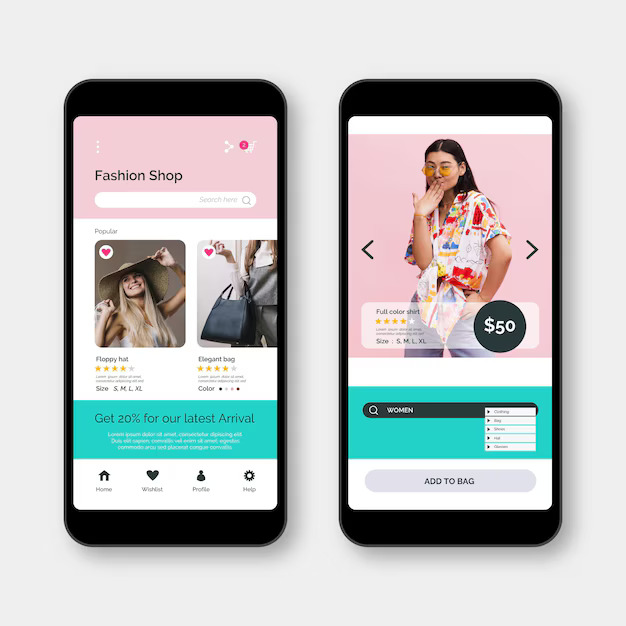Top Trends in E-Commerce Development for 2024

The world of e-commerce is constantly evolving, and 2024 is set to bring significant changes driven by AI, augmented reality, and sustainability. As consumers seek increasingly personalized experiences, e-commerce brands are using AI to deliver product recommendations and dynamic content tailored to individual preferences. Another key trend is augmented reality (AR), allowing customers to visualize products like furniture or clothing in their own spaces, enhancing online shopping confidence and reducing return rates. Additionally, with mobile commerce on the rise, businesses are focusing on mobile-first design and Progressive Web Apps (PWAs) to ensure fast, app-like experiences on smartphones. These trends highlight the need for e-commerce businesses to stay agile, adopt new technologies, and prioritize customer experience. Zynova Solutions specializes in implementing these trends to keep your brand competitive and engaging in the fast-paced digital market.
1. AI-Driven Personalization
In 2024, AI-driven personalization is taking center stage, enabling e-commerce businesses to create unique experiences for each customer. Companies like Amazon use AI to analyze shopping habits and recommend products tailored to individual preferences, while streaming giants like Netflix apply similar technologies to suggest content. By using AI to predict what customers want, brands can drive more engagement and boost conversion rates. This kind of tailored experience is not only effective but expected by today’s consumers.

2. Augmented Reality (AR) for Online Shopping
Augmented reality is reshaping e-commerce by offering customers a virtual ‘try-before-you-buy’ experience. IKEA’s AR app lets shoppers visualize how furniture pieces will look in their homes, while beauty brands like Sephora offer virtual try-ons for makeup. By bringing products to life in real environments, AR reduces the guesswork of online shopping and increases buyer confidence. In 2024, expect AR to become more widespread, as customers seek immersive, interactive experiences from the comfort of their homes.

3. Sustainable E-Commerce Practices
Sustainability is no longer optional—it’s essential for today’s e-commerce brands. Companies are adopting practices like eco-friendly packaging and carbon-neutral shipping to reduce their environmental footprint. Brands like Patagonia have pioneered eco-friendly practices, from using recycled materials to supporting environmental causes. In 2024, we’ll see more companies incorporating sustainability, not just as a selling point but as a core business value.




4. Mobile-First Design and Progressive Web Apps (PWAs)
As mobile shopping continues to dominate, mobile-first design and Progressive Web Apps (PWAs) are becoming must-haves for e-commerce sites. A PWA combines the speed of a website with the functionality of a mobile app, providing users with a seamless experience on any device. Twitter, for example, uses a PWA to deliver a fast and responsive experience across mobile and desktop. For e-commerce, a PWA means faster load times, offline capabilities, and an app-like feel—all of which lead to higher customer engagement and satisfaction.

5. Social Commerce
Social media has transformed into a shopping destination, blurring the lines between browsing and buying. Platforms like Instagram and TikTok have introduced features that let users purchase products directly from their feeds. For example, Instagram’s shoppable posts allow users to click on tagged items to go straight to the checkout page. Social commerce is making it easier for customers to shop without leaving their favorite platforms, a trend that’s likely to grow as more brands embrace these tools.


